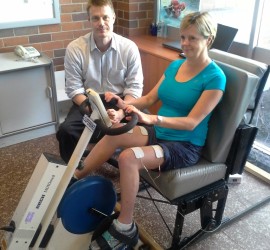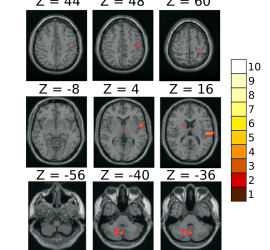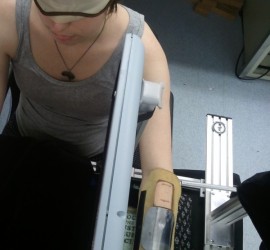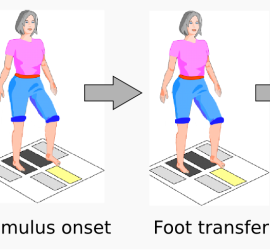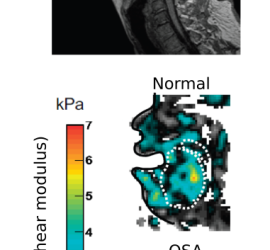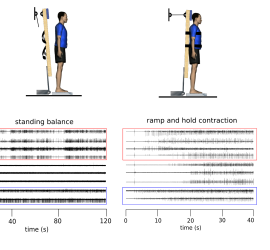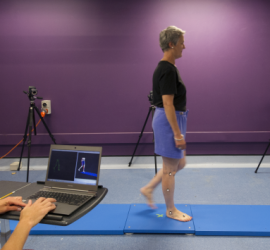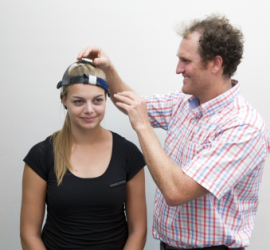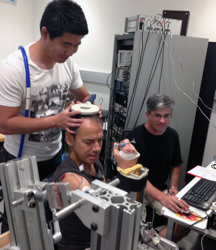Electrical stimulation exercise in advanced multiple sclerosis
People with multiple sclerosis (MS) are generally less active than the general population which may lead to deconditioning that further reduces functional abilities. Regular exercise is beneficial for managing many MS symptoms and reversing deconditioning due to inactivity (Dalgas U, Stenager E, Ingemann-Hansen 2008). However, persons with advanced MS may […]

